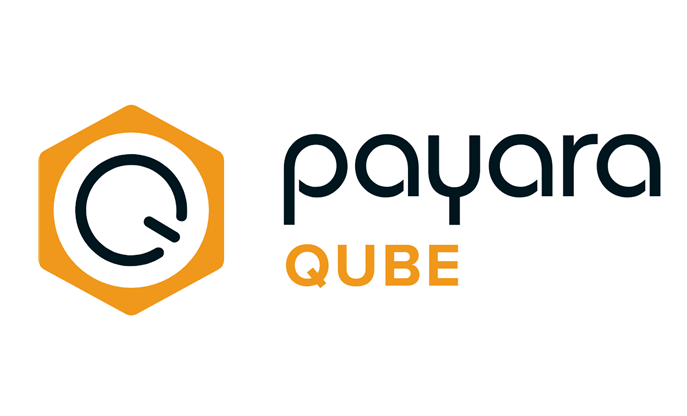 3 minutes
3 minutes
End-of-Life Technology: How to Drive Innovation Without Compromising Stability
When legacy systems approach end-of-life (EOL), enterprise IT teams typically face the choice of moving forward at all costs […]

In a previous blog post, we explored the benefits of using Request Tracing in Payara Server. Payara Micro streamlines the configuration process, allowing you to tailor request tracing directly through command-line options. Let’s have a look at how you can customize this tool for your Payara Micro applications.
Quick Tip: Shorthand Configuration For faster adjustments, combine the –enableRequestTracing flag with your desired threshold value and unit in a single string. Example: java -jar payara-micro.jar –enableRequestTracing 2s
For the most granular configuration, you can use post-boot command files. These files allow you to execute the same set of asadmin commands used to manage the Request Tracing Service in Payara Server, giving you full access to all available settings.
Download Payara Micro Community and head over to the Payara Micro Request Tracing documentation, for a detailed breakdown of configuration options, and examples to guide your setup. Happy Tracing!
{{cta(‘5075eacb-68ea-4589-a34e-7c3c084af2ca’)}}

Share:
 3 minutes
3 minutes
When legacy systems approach end-of-life (EOL), enterprise IT teams typically face the choice of moving forward at all costs […]
 3 minutes
3 minutes
Working with enterprise Java databases can sometimes feel like swimming upstream. Jakarta EE 11’s Jakarta Data helps developers glide […]
 5 minutes
5 minutes
Payara Cloud is becoming part of Payara Qube family of Java application deployment runtimes. This move reflects how the […]